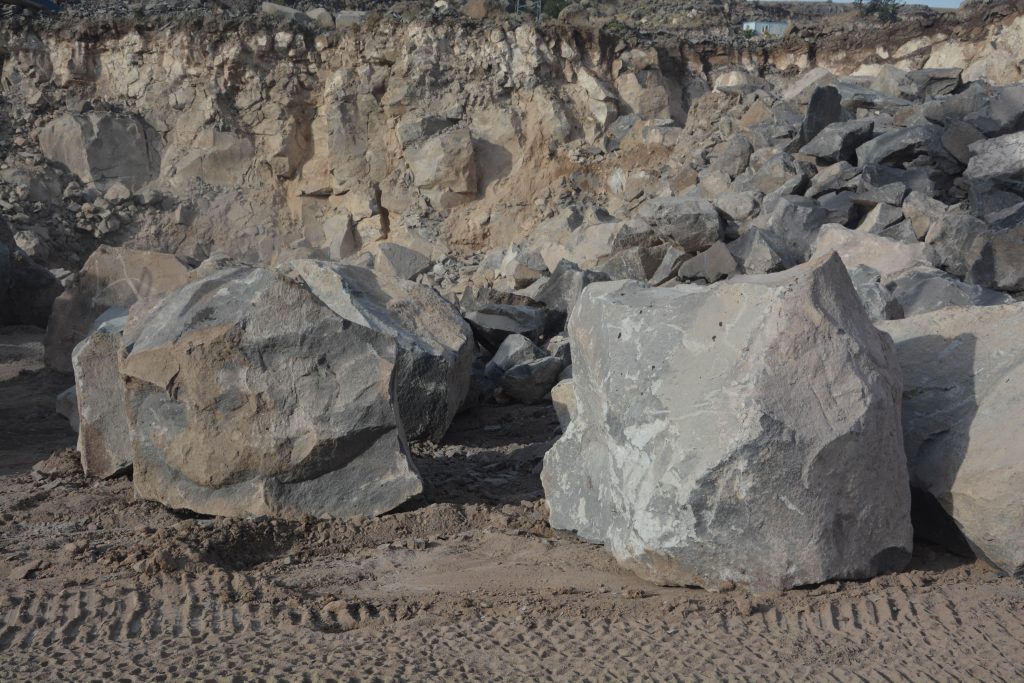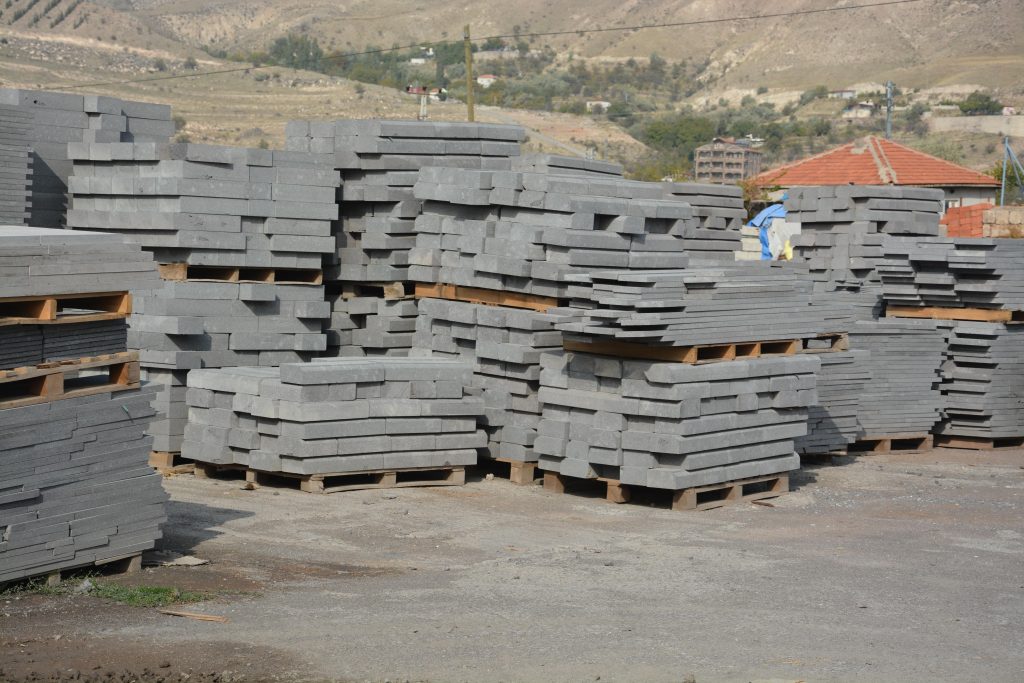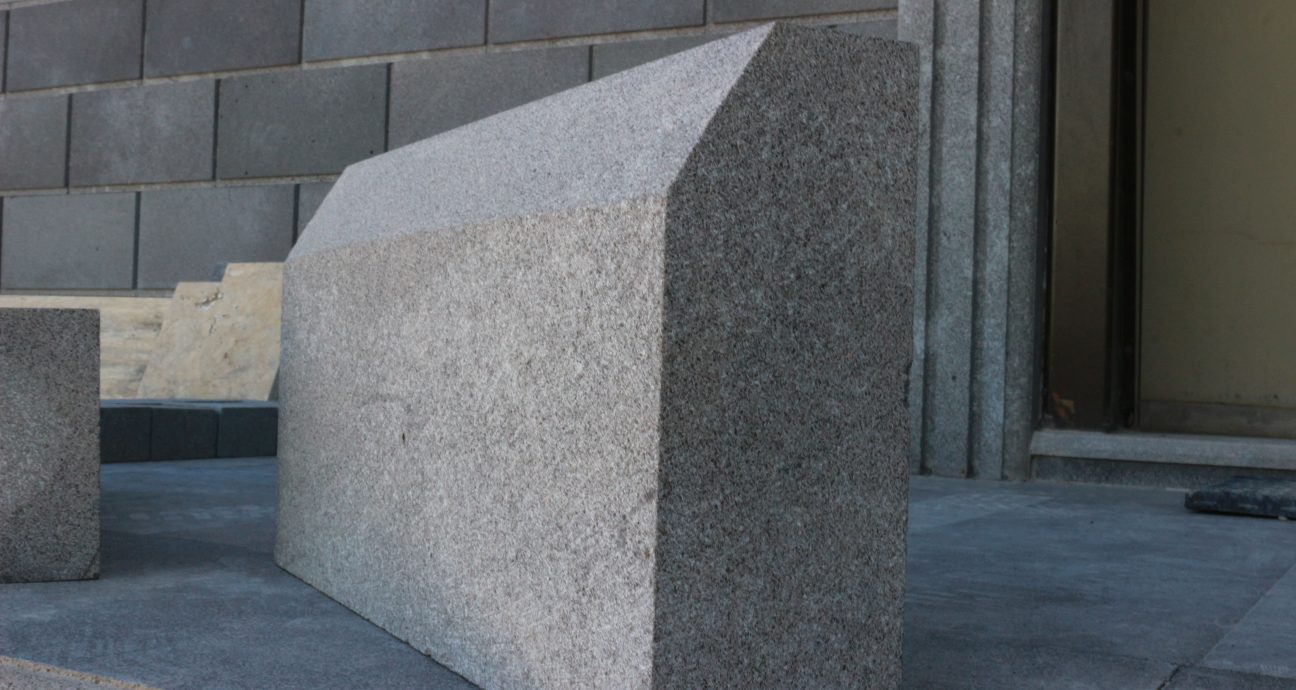Basalt, an igneous rock formed from volcanic activity, has been a preferred natural stone for centuries. Known for its hardness, durability, and aesthetic appeal, basalt stone finds widespread use in the construction sector. In this article, we will explore the journey of basalt, from its volcanic origins to its prominent role in various construction applications.
The Formation of Basalt
Basalt’s journey begins with the rapid cooling of magma resulting from volcanic activity.
- Volcanic Origins: Basalt is primarily formed through the cooling of lava when it erupts from volcanoes. This rapid cooling process prevents the growth of large mineral crystals, resulting in its fine-grained texture.
- Mineral Composition: Basalt is composed mainly of pyroxene, plagioclase feldspar, and small amounts of olivine and amphibole. This mineral composition contributes to its strength and durability.
- Uniform Appearance: Basalt’s consistent mineral composition gives it a uniform appearance, making it a popular choice for architectural and landscaping projects.

Properties That Make Basalt Preferred
Several key properties set basalt apart as a preferred construction material.
- Hardness: Basalt is renowned for its exceptional hardness, making it highly resistant to abrasion and wear. This property ensures that basalt remains intact and visually appealing even in high-traffic areas.
- Durability: Basalt’s durability is one of its most significant advantages. It can withstand harsh weather conditions, extreme temperatures, and exposure to chemicals, making it ideal for outdoor and indoor applications.
- Aesthetic Appeal: In addition to its strength and durability, basalt’s natural dark gray to black color and fine texture contribute to its aesthetic appeal. It adds a touch of elegance to any architectural or landscaping project.

Versatile Applications of Basalt
Basalt’s remarkable properties make it suitable for a wide range of applications.
- Paving: Basalt pavers are commonly used in pathways, sidewalks, and driveways due to their durability and slip resistance.
- Cladding: Basalt is a popular choice for cladding building exteriors, enhancing both aesthetics and protection.
- Landscaping: Basalt’s natural look and durability make it a favorite for landscaping projects, including walls, steps, and decorative elements.
In conclusion, basalt’s journey from volcanic activity to construction sites is a testament to its exceptional properties. Its hardness, durability, and aesthetic appeal have made it a preferred choice for a wide range of applications. Whether it’s used for paving, cladding, or landscaping, basalt remains a symbol of strength and elegance, enhancing the beauty and longevity of various architectural and outdoor projects.
